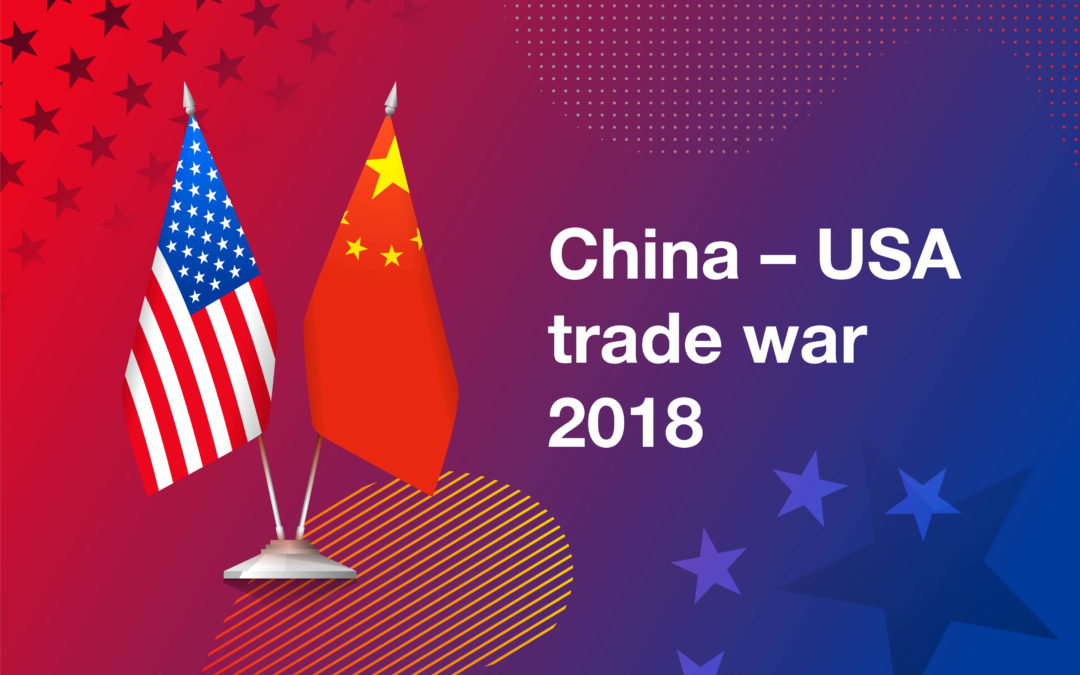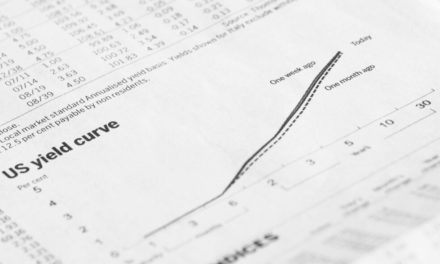The U.S. will hold off on raising further tariffs on Chinese imports, and China will begin buying more U.S. exports after presidents Donald Trump of the U.S. and Xi Jinping of China agreed to a ceasefire in further escalation of the ongoing trade war and tariffs fight.
Investors have to maintain a sober perspective looking forward for what happens after the 90 days are up.”
News of the truce sent markets soaring in early trading Monday morning, with the S&P 500 up 1.5 percent, the Dow Jones Industrial Average up 1.8 percent and Nasdaq futures up 2.1 percent by 10 a.m. on the east coast.
China’s main market index also was up 2.7 percent, while Tokyo rose 1.0 percent.
The Chairman of the American Chamber of Commerce in China, William Zarit, said the outcome was “as good as we could have expected.”
However, there was no progress in the core of the dispute, which is American pressure on Beijing to roll back industry plans Washington says are based on theft that also violate Chinese market-opening obligations.
Long story short, there is a truce for 90 days, but the bigger issues have yet to be ironed out.
So while Wall Street and investors everywhere are celebrating early Monday, economists aren’t convinced the delay will lead to a permanent solution.
Goldman Sachs threw a wet blanket on the party in a note to clients, saying it will still be challenging to find a compromise that all parties will be happy with.
“While the Xi-Trump dinner has clearly improved the tone of the U.S.-China relationship for the time being, and we would expect an initial positive market reaction, the ‘pause’ prolongs the period of uncertainty around the eventual structure of trade relations between the two countries,” Goldman economist Alec Phillips wrote. “The specter of higher and broader U.S. tariffs remains, and the underlying issues clouding the trade relationship are deferred to further negotiations.
“With additional time to pursue negotiations, we think the chance of a comprehensive deal that involves rollback of tariffs is slightly higher than before, but still not our base case — perhaps a 20 percent probability over the next three months.”
Here’s a roundup of what the experts are saying, per CNBC:
Goldman Sachs
“U.S. and Chinese negotiators agreed to keep talking, with the U.S. postponing a planned escalation of tariffs by two months (to March 1) and China agreeing to resume purchases of agricultural and other goods, among other modest short-term concessions. This outcome is closest to the “pause” scenario we outlined in recent comments (here and here) although the length of the pause is fairly short. The result shows the willingness of the two sides to reach a deal, although we still think finding a mutually agreeable compromise that leads to a comprehensive rollback of tariffs will be challenging.”
— Alec Phillips, chief U.S. political economist for Goldman Sachs Research
Bank of America Merrill Lynch
“We expect bilateral trade imbalance to improve soon, while the two sides hash out their differences in structural issues. Given China diverted away from imports from the U.S. to the rest of the world during trade tensions since late 2017, the orders on U.S. agricultural goods will likely help lower the imbalance in the near future. On the other hand, we believe China will be willing to make concessions on intellectual property right protection and opening up its market, especially in the services sector. The mentioning of discussions on such structural issues reassured the importance of these subjects, along with the U.S. request to terminate involuntary technology transfer. The next step is to find out how big is the gap between what China is willing to offer and what the U.S. is willing to accept to make it a deal.”
— Helen Qiao, China and Asia economist for Bank of America Merrill Lynch
TD Securities
“This is all constructive news for markets, however the overarching concerns in the U.S.-China relationship remain, and thus should imply caution for markets past the short-term. The aforementioned ‘structural’ issues are not ones that we believe can be easily tackled in a 90-day period. Much of the tension between U.S.-China relations stems from differing philosophical approaches to domestic economic development, and for China, the rapid step up the technological ladder is non-negotiable. Despite recent headlines to the opposite, the U.S.-China dinner meeting was well-attended by China hawks on the U.S. side, namely Assistant to the President and White House National Trade Council Director Peter Navarro, and National Security Advisor John Bolton. This is a message to the Chinese side that the hawks continue to control the narrative.”
— Sacha Tihanyi, deputy head of emerging markets strategy at TD Securities
Morgan Stanley
“While the U.S. got some minor concessions and an agreement to proceed with talks on the promise of not escalating the tariffs, the U.S. agreed to pause tariffs without any meaningful concessions on the toughest negotiating points. Therefore the U.S.’s pressure tactics have been somewhat validated, but was willing to put them aside for a time even though no progress toward a final deal is evident. … However, there’s still plenty of scope for further escalation before final resolution. If the U.S. continues to insist on its toughest demands, it’s learned it can lean on more tariffs, as its pressure tactics have worked to some extent. This is particularly important…investors have to maintain a sober perspective looking forward for what happens after the 90 days are up.”— Ellen Zentner, chief U.S. economist at Morgan Stanley




